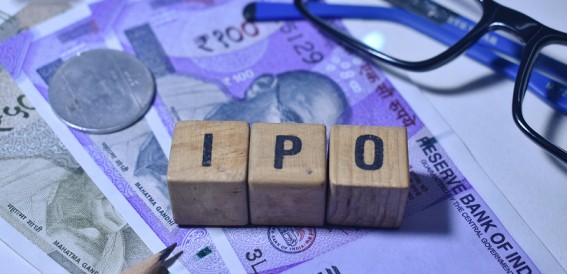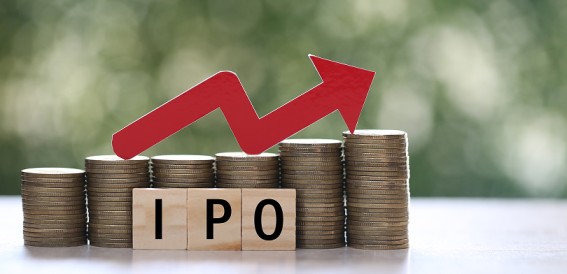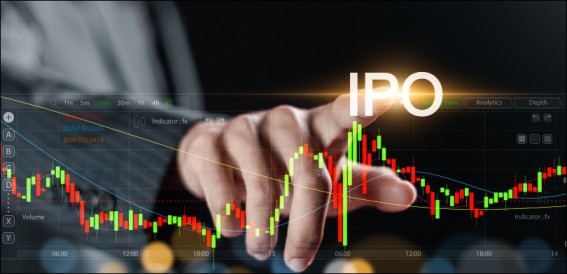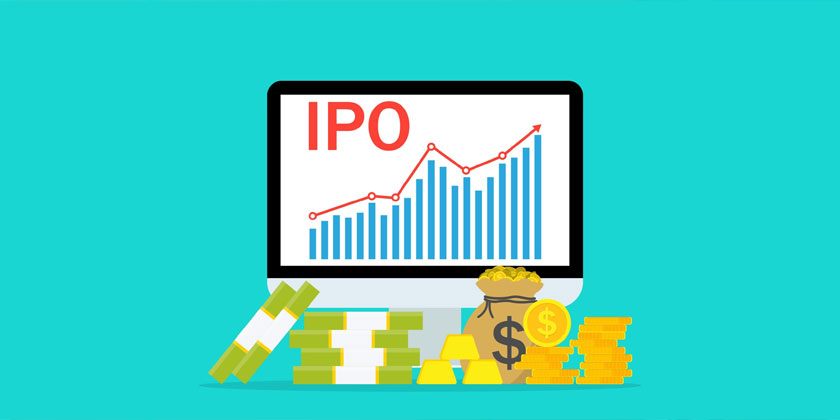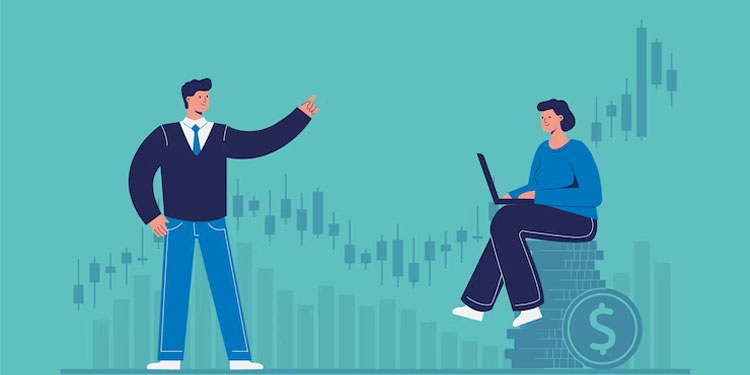Companies go public through an IPO to raise funds for expansion, repay debt, finance acquisitions, or reward early investors. In short, launching an IPO allows a company to access a large pool of capital to strengthen its future growth.
But why do investors invest in IPOs? The main goal is to earn profits through long-term stock growth or immediate listing gains, which happen when a stock starts trading at a higher price than its issue price.
This blog will discuss listing gains in IPOs, how they work, and what factors influence them.
What Are Listing Gains in an IPO?
When investors put their money into a company’s IPO, they usually expect to earn profits. Listing gains refer to investors’ profits immediately after a company’s shares start trading on the stock market.
Once a company’s shares are listed, their price may increase due to high demand, allowing investors to sell at a higher price than they bought, making a profit. This price increase is usually shown as a percentage gain.
However, stock prices don’t always go up on the listing day. If demand is lower than expected, the share price might drop, causing investors to face losses instead of gains.
Understanding listing gains can help investors make better decisions when investing in IPOs.
Invest in Upcoming IPOs – It All Starts with a Demat Account.
How to Calculate It?
Let’s break it down with a simple example:
Amit is new to IPO investing. He usually invests in stocks and mutual funds, but when he learns about listing gains, he decides to try it. He applies for shares in an IPO of ABC Ltd., where the minimum number of shares (one lot) is 10. Amit bids for 50 shares at ₹150 per share, making his total investment:
50 shares × ₹150 = ₹7,500
On the listing day, due to high demand, the share price rises to ₹200 per share. Seeing the profit potential, Amit decides to sell all his shares at this new price:
50 shares × ₹200 = ₹10,000
His listing gains would be:
₹10,000 – ₹7,500 = ₹2,500
This means Amit made a ₹2,500 profit just by selling his shares at a higher price on the listing day. However, if the demand had been low and the price had dropped instead, he could have faced a loss.
What Affects an IPO’s Price After Listing?
Several factors influence whether a company’s share price rises or falls after listing. Let’s look at some of the key reasons:
- Demand and Supply
If more people want to buy a company’s shares (high demand) than the number of shares available (low supply), the share price will increase, giving investors a profit.
On the other hand, if more shares are available than the number of buyers, the price will drop, causing losses for investors.
- Growth Potential of the Company
When a company goes public, it usually does so to expand and grow. If investors believe the company has strong future potential, more people will want to invest, increasing demand and boosting the share price.
- Grey Market Premium (GMP)
The Grey Market Premium (GMP) is an unofficial indicator of how an IPO might perform before its official listing. For example, if a company offers shares at ₹800 per share, and the GMP is ₹100, investors in the grey market expect the share to list at ₹900.
However, a high GMP does not always mean the stock will perform well after listing. Market conditions and investor sentiment also play a big role.
- Market Conditions
If the stock market is performing well and investors are confident, IPOs are more likely to succeed. However, even a strong company’s shares may struggle after listing if the market is unstable or falling.
Investor interest plays a huge role in an IPO’s success. If many people want to invest, the demand increases, increasing the share price. But if interest is low, the stock may struggle to gain momentum.
Types of Gains in IPO Investments
There are two types of gains investors can make: short-term and long-term.
Since IPO listing gains happen within a few days, they are considered short-term gains.
When investors sell their shares on the stock exchange, they usually pay a Securities Transaction Tax (STT). If this tax has already been paid, the profit from selling the shares is taxed at 15%.
Oversubscription of an IPO
An IPO is oversubscribed when demand for shares exceeds the available supply, reflecting strong investor interest and confidence. A price surge occurs after listings due to high demand, but an oversubscribed IPO does not guarantee that the company will maintain strong performance. The initial demand for stocks has no assurance of maintaining share value growth since market conditions, company fundamentals, and broader economic factors drive stock movements.
Certain highly desirable IPOs fail because their valuation exceeds market value, investors cash out too early, or they do not meet financial expectations. Investors must avoid depending solely on oversubscription figures as a success predictor since they need to analyse a firm’s fundamental value alongside its prospects for market growth before making their investment decisions.
Conclusion
Listing gains offer investors a chance to earn quick profits, but not every IPO guarantees success. A high oversubscription does not always mean strong post-listing performance. To make informed investment decisions, it is crucial to assess the company’s long-term growth potential, financial stability, market conditions, and overall industry trends. Investors can minimise risks and maximise their chances of profitable returns by carefully analysing these factors.
Frequently Asked Questions
- Is there any tax on IPO listing gains?
Yes, IPO listing gains are taxable. If you sell shares within one year, the profit is considered a short-term capital gain (STCG) taxed at 15%. If you hold the shares for more than a year before selling, the profit is a long-term capital gain (LTCG) taxed at 10% if it exceeds ₹1 lakh in a financial year.
- What is the profit of an IPO?
The profit from an IPO depends on the difference between the issue price (the price at which shares are allotted) and the listing price (the price at which shares start trading on the stock exchange). Investors make a listing gain if the stock lists at a higher price than the issue price. Future profits depend on the stock’s performance in the market.
- Who decides the IPO listing price?
The listing price of an IPO is determined by market demand and supply. While the issue price is set by the company and its underwriters based on financials and investor interest, the stock exchange decides the actual listing price based on buy and sell orders during the pre-market session on the listing day.


